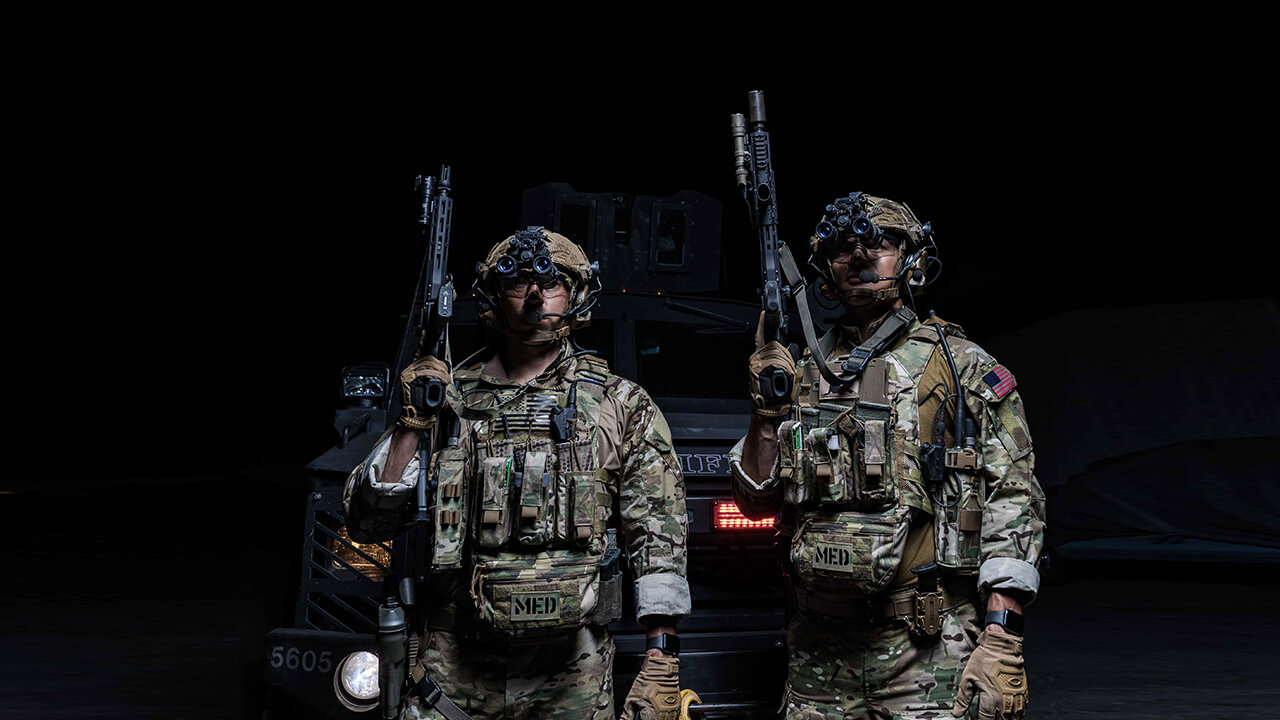Whether you’re a soldier or law enforcement officer, or just waiting for the apocalypse, the right gear can help you survive and prevail.
Among the most crucial pieces of combat gear are vests that carry body armor. Designed to be loaded into plate carriers, these vests offer protection against low-velocity bullets.
Knives
The knife is one of humanity’s oldest tools and has been used in every venue from everyday life to some of the world’s most intense combat. When selecting a tactical knife, it is important to consider the type of blade and handle, as each offers specific advantages for certain situations.
For example, a tactical knife with a plain edge is great for cutting tasks such as 550-cord and duct tape, while a survival knife made with a serrated blade can chop through wood. Moreover, a knife’s locking mechanism is crucial to its safety and reliability. A liner lock slides over the blade when opened to secure it, while a frame lock relies on a portion of the knife’s frame to keep it locked in place.
Tactical knives also come with a variety of sheath styles and materials. Kydex is a popular option, as it is lightweight, durable and can be custom-fit to fit different models of knives. Leather sheaths are another option, providing a classic look and feel that can last for decades with proper care.
Tactical Clothing
Clothing is a key component of Combat Gear https://pts-steelshop.com/collections/combat-gear, and manufacturers design it with comfort in mind. Whether it’s camouflage for blending in or rugged pockets to accommodate the bulk of extra equipment, tactical gear is designed to keep service members and first responders comfortable. Comfort is important because uncomfortable clothing restricts movement and can make it difficult to focus on the job at hand.
The popularity of tactical gear among civilians isn’t without risk, and it may not be entirely benign. Some experts see a troubling trend in consumer demand for military-grade products that aren’t necessarily necessary for self-defense and survival. The rise of the “tactical” label can blur defense-oriented needs with more benign civilian uses, and encouraging loose interpretations of Combat Gear terminology could lead to dangerous assumptions about what’s appropriate. Still, companies like 5.11 Tactical are growing more comfortable addressing civilian interests in addition to their law enforcement and military customers, and the broader tactical community has seen a rise in demand for their rugged, durable, feature-rich products.
Plate Carrier
Plate carriers are worn over tactical vests (also called chest rigs) to hold gear like weapons, knives, and tools. Whether you are military, law enforcement, or a casual prepper preparing for end-of-the-world scenarios the type of plate carrier you need will depend on your intended use.
A good plate carrier is designed to carry hard armor plates in front and usually the back, while also allowing the wearer to add accessories on top like hydration and comms systems. It must be comfortable enough to wear in dynamic scenarios without compromising movement and flexibility. It should have features like hidden seams at high-friction areas, durable padding in the shoulders and waist, and articulated and adjustable straps.
You must consider the threats you will face when choosing what kind of protection to put in your plate carrier, as different levels of armor protect against varying ranges of bullets and shrapnel. For example, Level III and Level VI armor plates will stop rifle shots while level II and III-A protect against pistols.
Concealment
As mentioned above, concealment is important as it allows you to blend in with your surroundings. This can be achieved using natural cover (e.g. bushes, walls, rocky outcroppings) or man-made concealment such as uniform draping or face paint.
It’s important to remember that concealment is not protection from enemy fire – if an enemy sees you they can still shoot at you. Using concealment can provide an element of surprise that may be enough to turn the tides in a dangerous situation but it shouldn’t be used as a replacement for good cover.
The classic movie scene where someone running from an attacker hides behind a closet door is an example of concealment, but it’s worth remembering that the bad guy will just fire a gun through the doors and into the occupant. You need to have solid cover, camouflage, and stealth to survive.
If you have any inquiries relating to PTS Steel Shop, you can contact us at the page.

